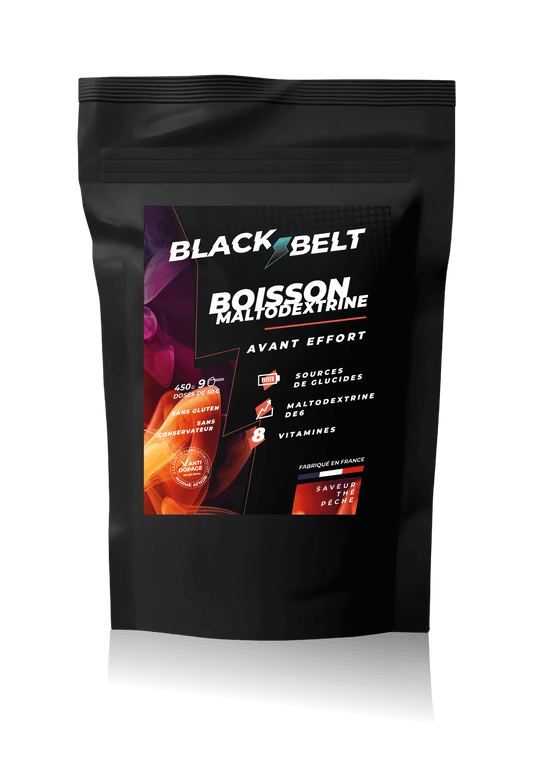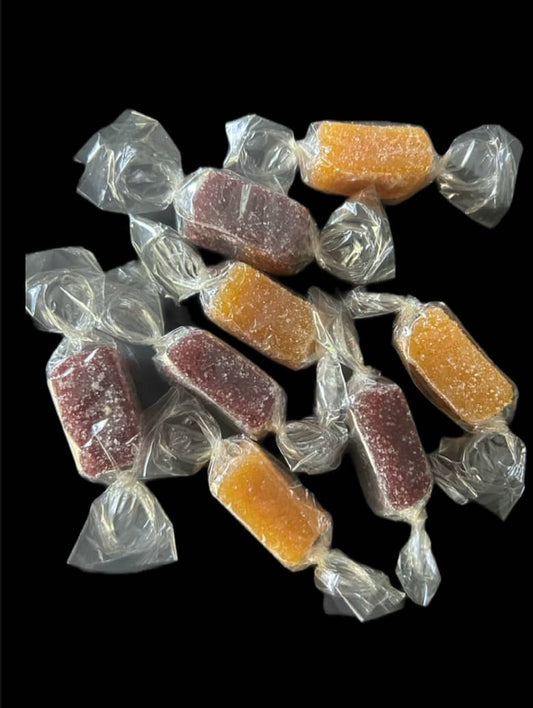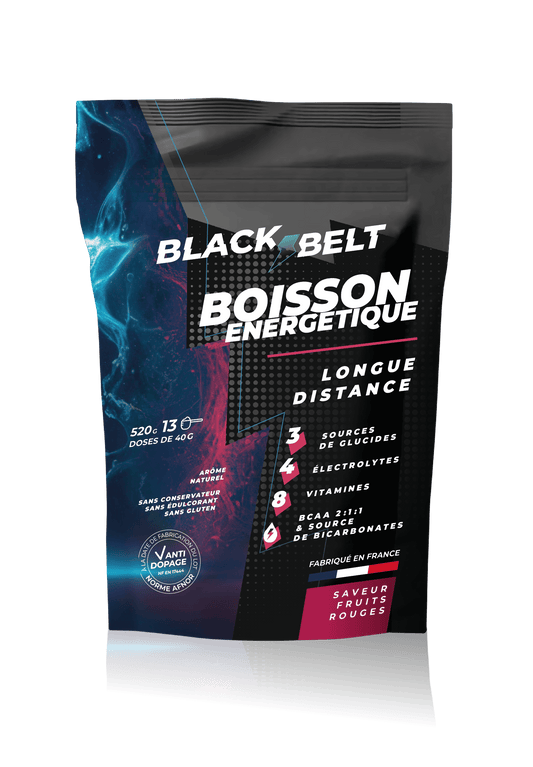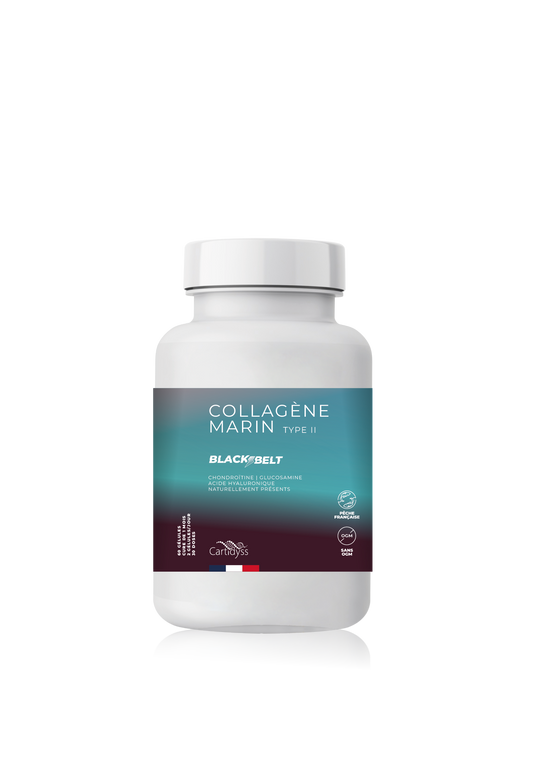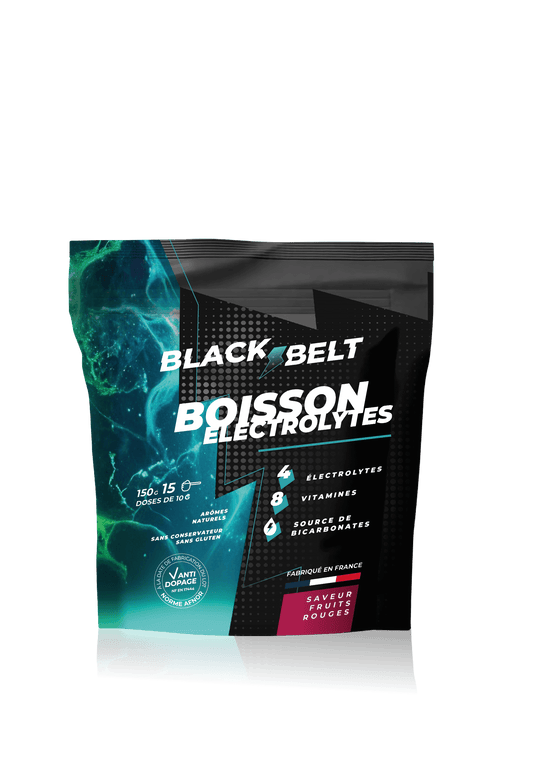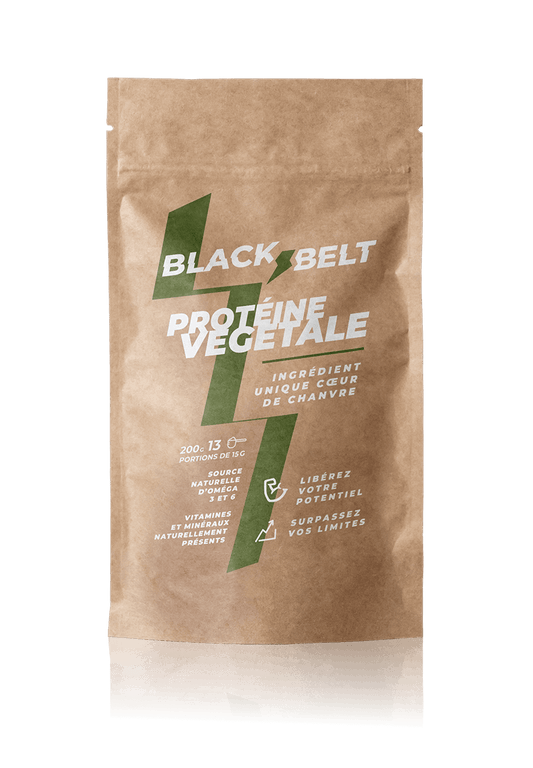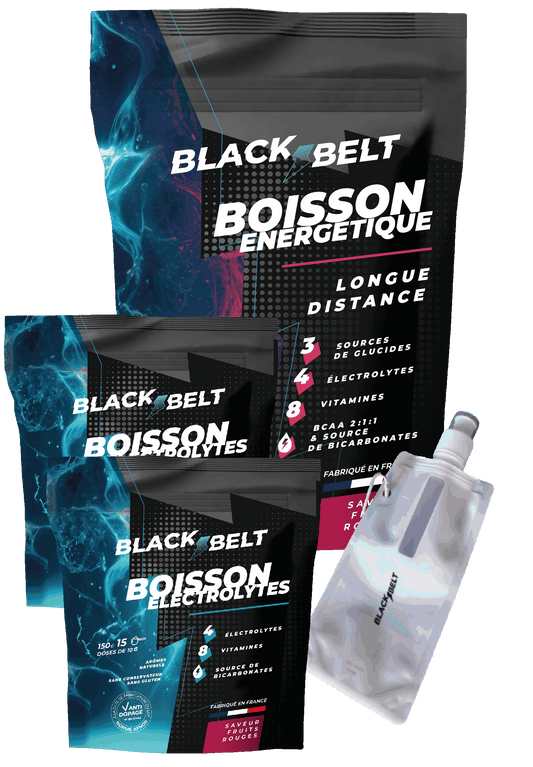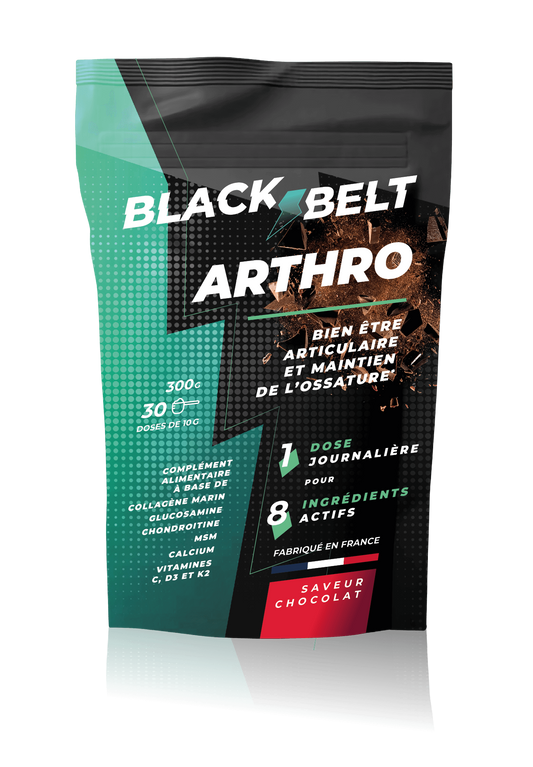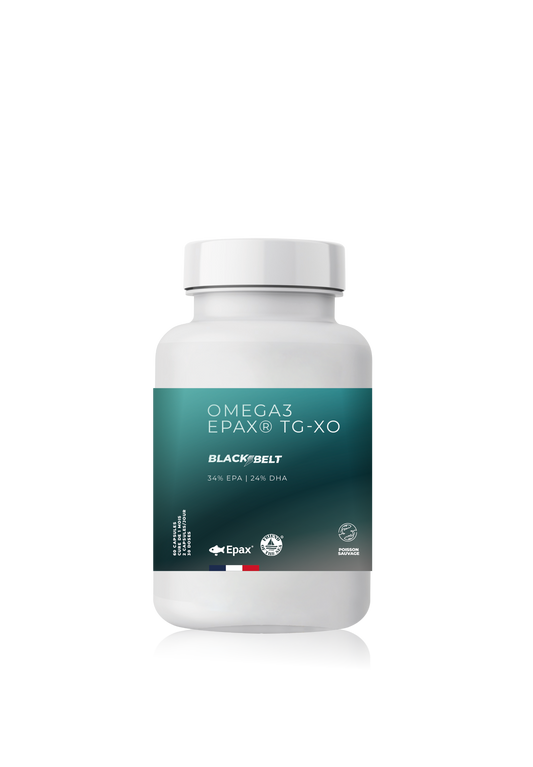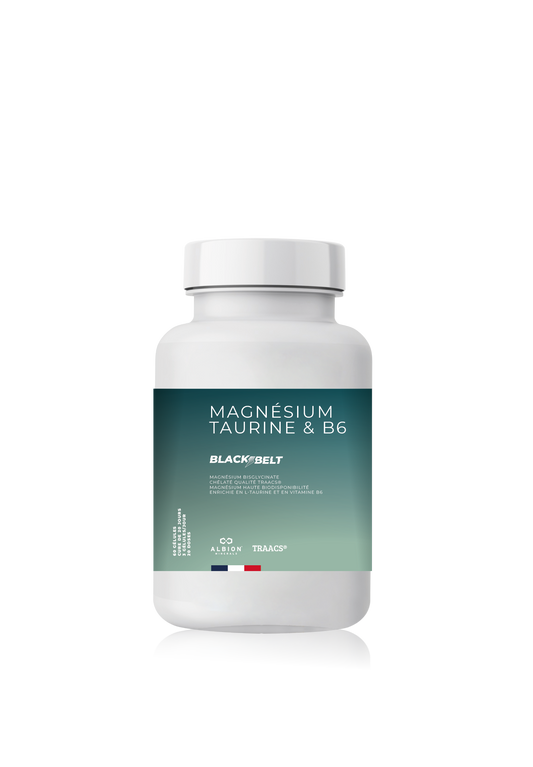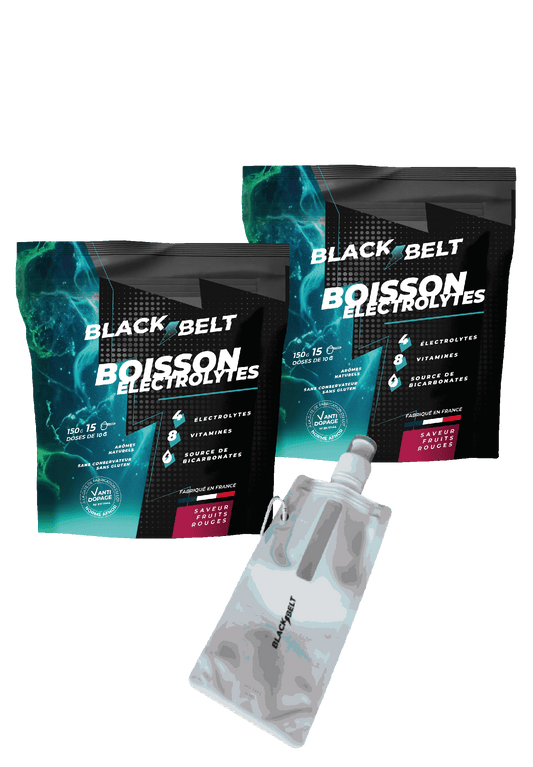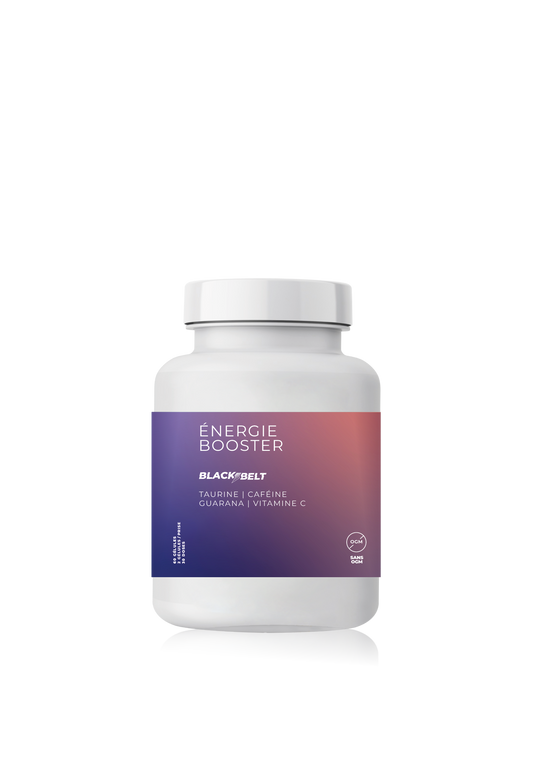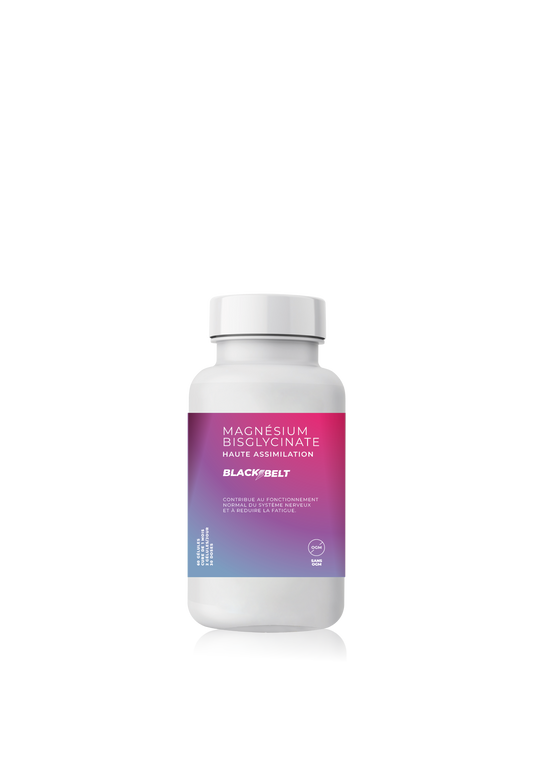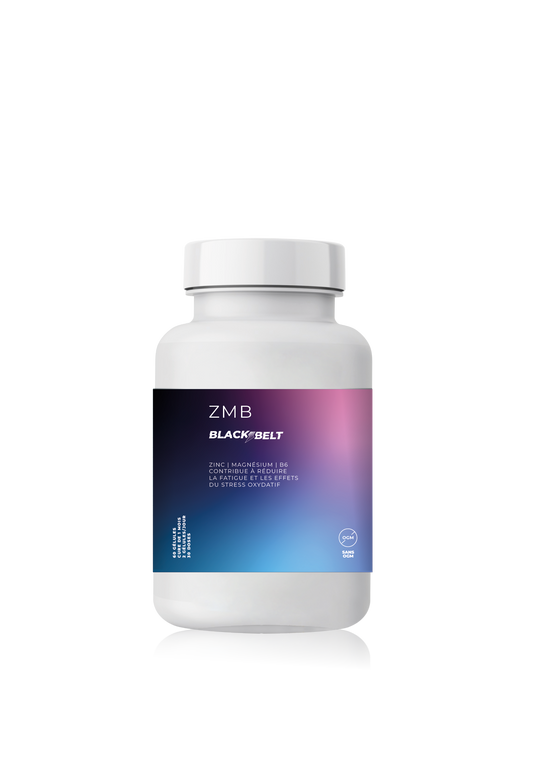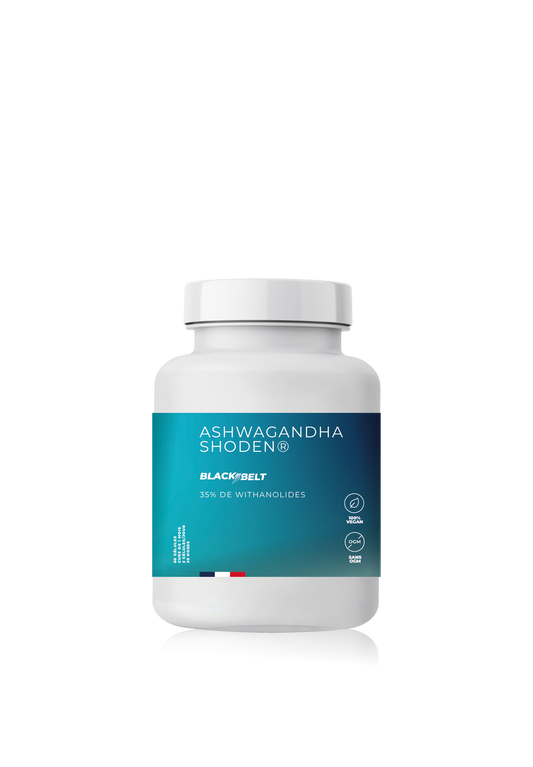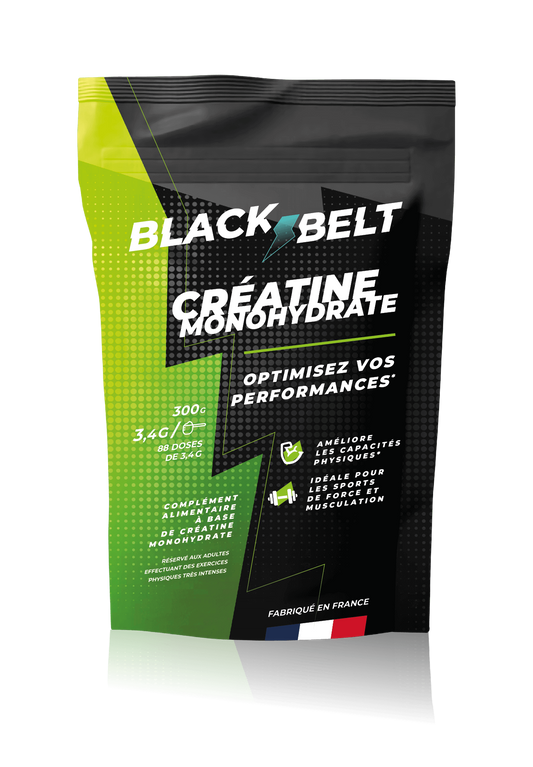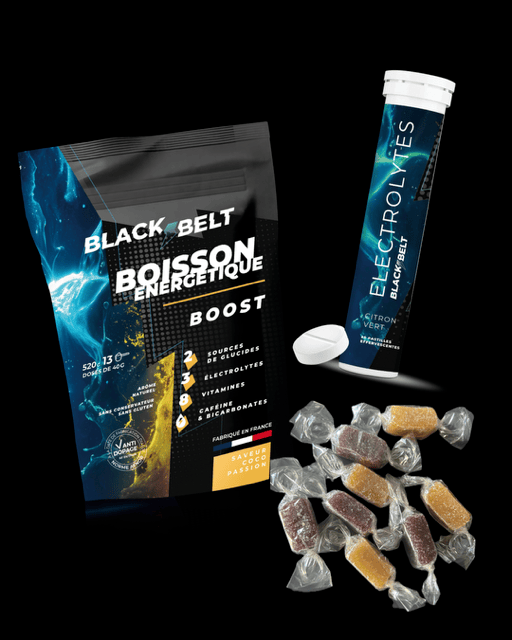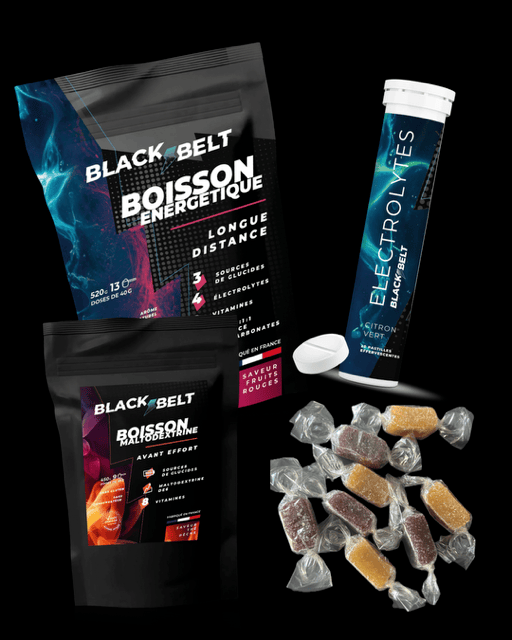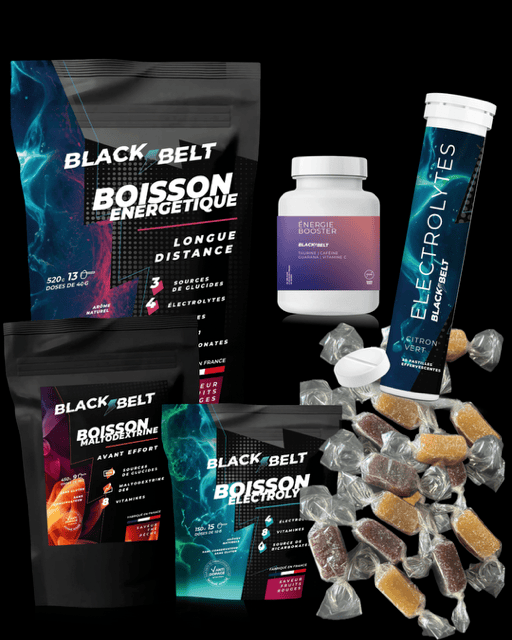
Share
VMA Running Test: Methods and Tips to Evaluate Your Performance
An important topic: Maximum Aerobic Speed (MAS) is a crucial indicator for all runners looking to optimize their training and improve their running performance. Knowing your MAS allows you to determine your stress zones and adapt your interval training sessions. In this article, we explain in detail how to perform a MAS test while running, the different methods available, and practical advice for obtaining a reliable estimate of your aerobic capacity.
What is VMA and why test it?
Definition of VMA
We always start our articles and free guides with a short definition
VMA represents the maximum speed at which your body can consume oxygen during intense exercise. Expressed in km/h, it is a good indicator of your aerobic potential and your ability to sustain prolonged efforts.
The importance of testing your VMA
• Training planning: Knowing your VMA allows you to define precise effort zones for interval training sessions or long outings.
• Progress monitoring: Regularly performing a VMA test helps you measure your progress and adjust your training program.
• Performance optimization: A well-known VMA allows you to adapt your running strategy to achieve your goals, whether for a half-marathon, a marathon or a trail.
And of course, among our more than 30 free online tools, just for you, Blackbelt offers you a VMA calculator.

Methods for testing VMA
The Cooper test
The most classic is linked to our free online VMA calculator
One of the most popular tests for estimating VMA is the Cooper test.
• Principle: Run as long as possible in 12 minutes.
• Calculation: The distance traveled is converted into VMA using a simple formula.
• Advantage: Easy to do on track or road and accessible to all levels.
The 5-minute hill test
Simple but effective.
This test involves running at high intensity over a short distance uphill.
• Principle: Run at full speed on a moderate slope for 5 minutes, then use the distance covered to estimate your VMA.
• Advantage: Suitable for runners who do not have access to an athletics track.
VMA test on track with intervals
Let's go for a few laps!
A more sophisticated test involves performing series of intervals:
• Principle: Alternate between periods of intense effort (3 to 5 minutes) and recovery phases, gradually increasing the pace until you reach your limit.
• Advantage: This test allows you to obtain a more precise estimate of VMA and to train your body to manage intense efforts.
Practical tips for passing your VMA test
Preparation before the VMA test
• Rest and hydration: Make sure you are well rested and hydrated before taking the test.
• Complete warm-up: Perform a 15-20 minute warm-up that includes stretching exercises and some accelerations to prepare your body for the effort.
During the VMA test
• Maintain a steady pace: The goal is to find your maximum speed over a set period of time.
• Listen to your body: If you feel excessive fatigue or pain, adjust your effort to avoid injury.
After the test
• Active recovery: Finish with a few minutes of light running or walking to promote good recovery.
• Analyze your results: Record the distance traveled and use the available formulas to estimate your VMA. Regularly monitor your progress by performing this test.
Be careful, remember that performance varies and should not be taken literally at every result, improvement must be noted by several means and several times and progress is not a beautiful straight line graph, we remain human and variations in results from one day to the next are normal. The main thing is that over time average performances improve. Obviously, they cannot be better every day, except in a perfect world.
In short, focus on the long term!

Incorporate the VMA test into your training program
Adapt your workouts
Once you know your VMA, you can:
• define your intensity zones for interval training sessions and long runs.
• Plan specific workouts to improve your VMA, such as high-intensity intervals and hill training.
• Track your progress and adjust your program based on how your VMA changes over the weeks.
The Importance of Recovery and Nutrition
We can't stress this enough! Don't neglect nutrition and recovery! You are what you eat!
• Food supplements: A quality whey, like that offered by BlackBelt, can help you optimize recovery after intense sessions.
• Hydration: Make sure you hydrate properly before, during, and after the test to get accurate results and avoid excessive fatigue. We've covered so much about hydration
Our brand and our range are now well-known and well-known in endurance sports, so they need no introduction, so go ahead and equip yourself with our range of sports nutrition and recovery products to perform while protecting your body!
Conclusion
Testing your VO2 max is an essential step for any runner looking to improve their performance. Whether you choose the Cooper test, a hill test, or a series of track intervals, knowing your VO2 max allows you to effectively adjust your training and optimize your preparation.
By incorporating these tests into your routine and ensuring proper recovery through proper nutrition – particularly with quality supplements like those offered by BlackBelt – you will maximize your chances of progressing and achieving your sporting goals.
Take the time to test your VMA, analyze your results, and adapt your training accordingly. With discipline and consistency, you can turn your efforts into lasting performances and push your running limits.









